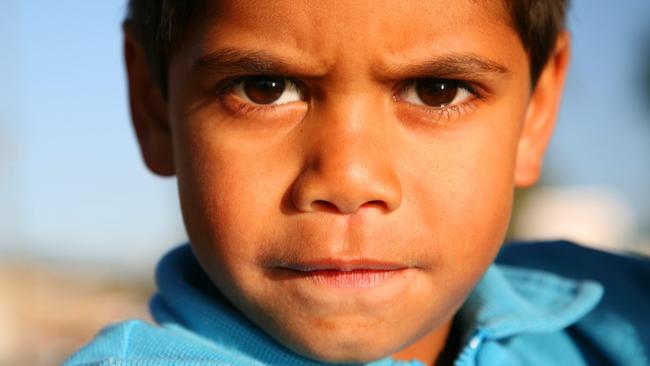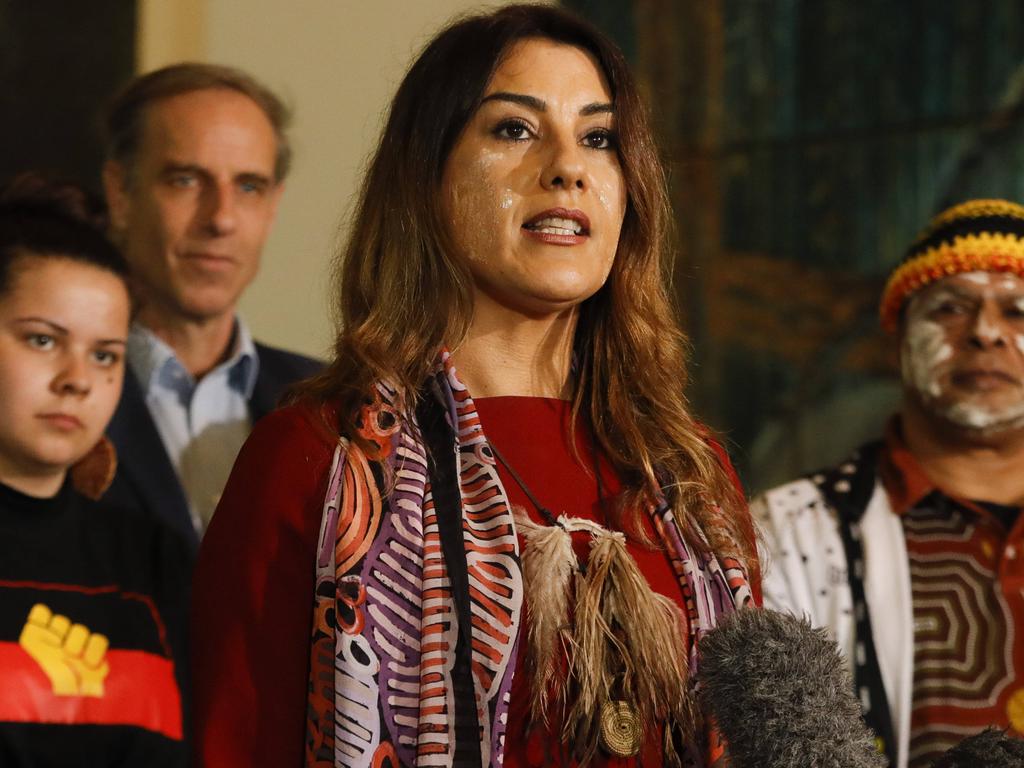Closing the gap: $35bn funding short on checks
Despite massive spending to address disadvantage, Productivity Commission says government’s evidence of what works is ‘thin’.

The nation's chief economic adviser has called for a complete overhaul of billions of dollars in federal spending on indigenous support each year, in a major report that warns the government has little evidence that current programs are effective.
In an excoriating verdict on the nation’s indigenous programs, the Productivity Commission has found that, despite massive spending to address disadvantage, the government’s evidence of what works — and why — is “thin’’.
It says many programs are developed without adequate consultation with Aboriginal and Torres Strait Islander communities and efforts to find out if they have been effective are “ad hoc’’ or afterthoughts.
The report, to be released on Friday, comes after a decade of failures under the old Closing the Gap agreement.
Just two of the seven targets set in 2008 — early childhood education and Year 12 attainment — were achieved by 2019 when the scheme was effectively dumped and rewritten in a new national agreement between Indigenous organisations and governments around Australia.
National efforts to meet targets for school attendance, child mortality, employment, life expectancy and literacy and numeracy for Aboriginal and Torres Strait Islander people failed.
The Productivity Commission’s report was ordered by Josh Frydenberg in April last year and comes six years since Warren Mundine, then the head of prime minister Tony Abbott’s Indigenous Advisory Council, called for “a proper audit, a proper process to look at all of the spending and make evidence-based decisions on what is working”.
The nation spends about $35bn a year on indigenous affairs across all portfolios of government including health, defence and welfare. Arguing for an overhaul of indigenous spending, the commission recommends a step-by-step guide for assessing whether money has been well spent.
These assessments would be overseen by a new independent body called the Office of Indigenous Policy Evaluation and an all-Indigenous council, which in turn would be monitored by the commission. It is not clear if the new independent office could be part of an existing Indigenous representative body, such as the Coalition of Peaks, which has worked closely with Minister for Indigenous Australians Ken Wyatt on the new Closing the Gap agreement, or if it could involve the soon-to-be-established Indigenous voice.
The report cites the observations and frustrations of leading Indigenous organisations including Noel Pearson’s Cape York Institute, which described the status quo as perverse. “Evaluations of interventions that show clear and convincing outcomes in Indigenous affairs are few and far between … evidence about ‘what works’, including for whom, under what circumstances, at what cost and why, remains scant,” the Cape York Institute told the Productivity Commission.
“Given that the total spend on Indigenous affairs in Australia is nearing $35bn annually it seems perverse and a measure of the problems that under the current ‘system’ monitoring and evaluation does not improve results.”
Empowered Communities, an alliance of Indigenous leaders from Arnhem Land in the Northern Territory to Ceduna in South Australia, was among many Indigenous groups that led the commission to understand there were big gaps in knowledge. “We need to know what is working and if policy and programs which apply to Indigenous individuals, families and communities are having an impact,” Empowered Communities told the commission.
“We also want greater insight into why policy or program implementation is not effective, and we need early opportunities for correction or reinvestment of funds and effort to ensure that funding is directed to where it is needed most.”
The report coincides with a change in the commonwealth’s approach to Indigenous affairs, including a new National Closing the Gap agreement that requires state, territory and local governments to work in partnership with Aboriginal and Torres Strait Islander communities to meet 16 new targets.
The Productivity Commission took into account the new national agreement, which includes as priority reforms the transformation of government organisations and sharing access to information with Indigenous people at local and regional levels.
“For decades there have been calls to better understand how policies and programs are affecting Aboriginal and Torres Strait Islander people,” its report states.
“But while governments have designed and modified hundreds of policies and programs for Aboriginal and Torres Strait Islander people … the evidence about what works, and why, remains thin. And yet such evidence is central to designing effective policies.”








To join the conversation, please log in. Don't have an account? Register
Join the conversation, you are commenting as Logout